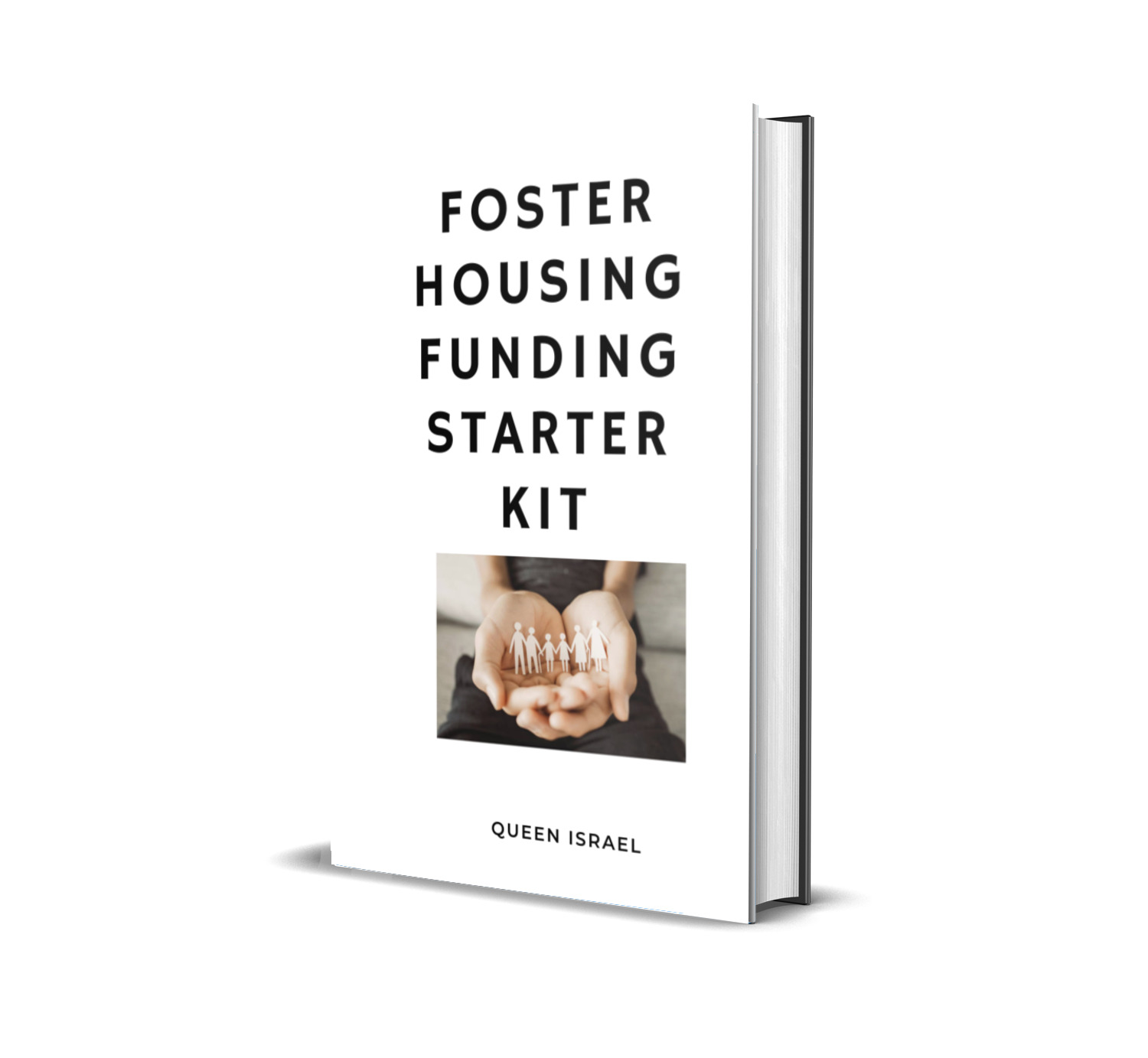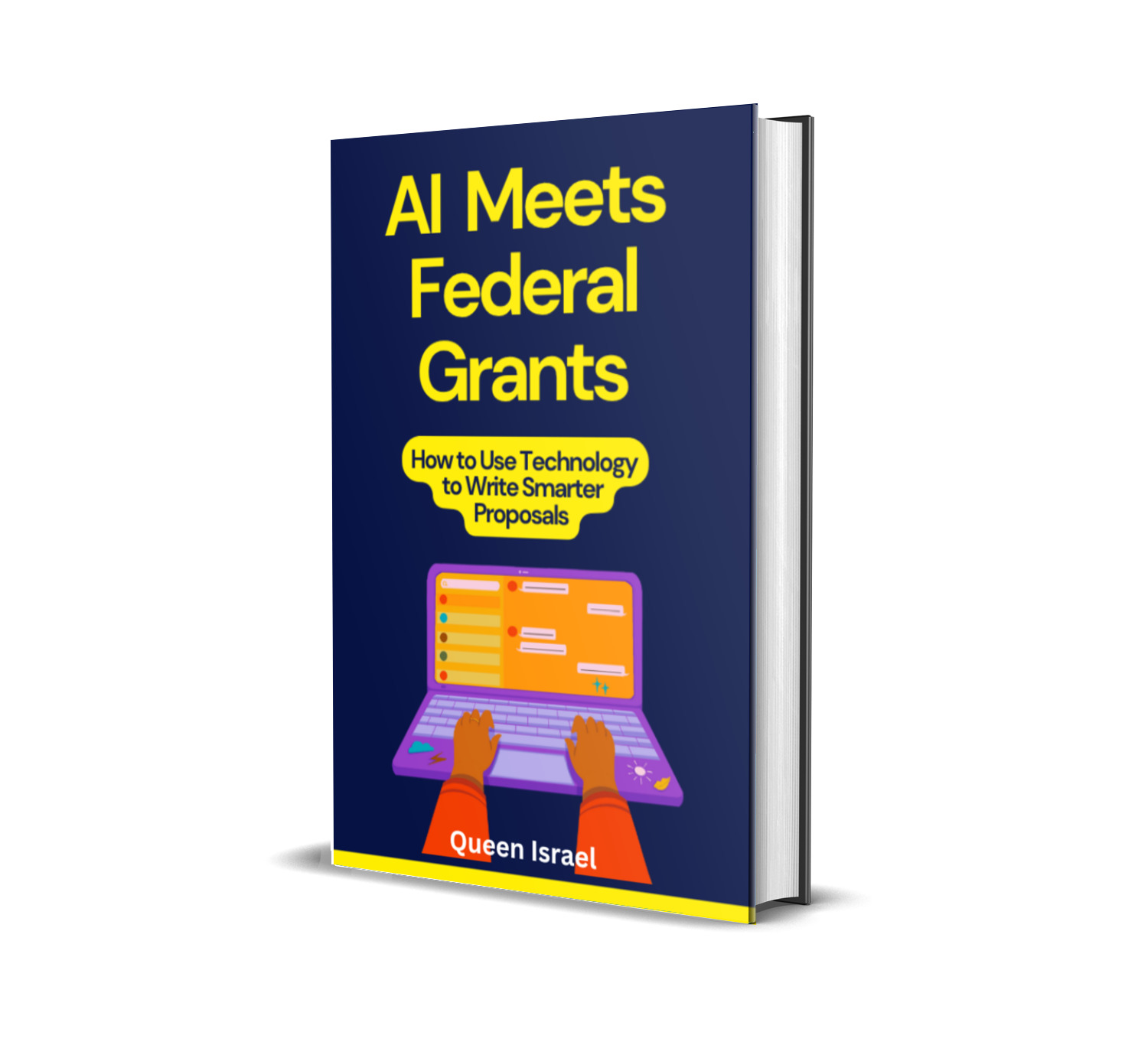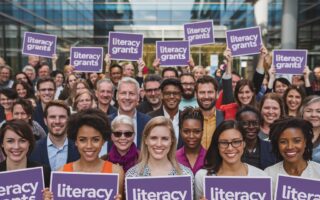Eligibility Criteria and Application Process for USDA Grants
Understanding the eligibility criteria and application process for United States Department of Agriculture (USDA) grants is crucial for potential applicants. These grants, aimed at enhancing various sectors like agriculture, rural development, and nutrition, have specific requirements and procedures that must be followed meticulously. This article provides a detailed overview of the eligibility criteria and the steps involved in the application process for USDA grants.
Understanding the Eligibility Criteria
The eligibility criteria for USDA grants vary depending on the specific program. However, some common factors are considered across most grants:
- Type of Applicant: Eligibility often depends on the type of entity applying. This can include individuals, non-profit organizations, businesses, cooperatives, and educational institutions, among others.
- Project Scope and Goals: The proposed project must align with the goals of the grant program. This includes factors like project feasibility, sustainability, and potential impact.
- Geographic Location: Many USDA grants, especially those focused on rural development, require the project to be located in a specific area, often rural or underserved communities.
- Financial Need and Matching Funds: Some grants require proof of financial need or the ability to provide matching funds.
Preparing for the Application Process
Before starting the application process, it is important to gather all necessary information and documents. This typically includes a detailed project proposal, budget plans, and any required financial statements. Potential applicants should also research the specific requirements of the grant they are interested in, as each program may have unique requirements.
Step-by-Step Application Process
- Identifying the Right Grant: The first step is to identify the USDA grant program that best fits the project. The USDA website provides a comprehensive list of available grants and their objectives.
- Reading Application Guidelines: Each grant program will have a set of guidelines that detail the application process. These guidelines will include information on deadlines, required documentation, and how to submit the application.
- Writing a Grant Proposal: The grant proposal is a critical component of the application. It should clearly outline the project objectives, methods, expected outcomes, and budget. The proposal must be well-written, concise, and align with the goals of the grant program.
- Gathering Supporting Documents: Along with the grant proposal, applicants will need to submit various supporting documents. These can include organizational financial statements, proof of eligibility, and letters of support or commitment from project partners.
- Submitting the Application: Once all components are ready, the application can be submitted according to the guidelines provided by the USDA. This may involve online submission, mailing hard copies, or both.
- Follow-up and Compliance: After submission, applicants may need to respond to additional requests for information. If awarded the grant, compliance with reporting and usage guidelines is crucial.
Explanation of the Eligibility Requirements for Seniors to Qualify for USDA Grants
For seniors looking to benefit from United States Department of Agriculture (USDA) grants, understanding the eligibility requirements is a critical first step. These grants, aimed at enhancing the quality of life for older adults, especially in rural areas, have specific criteria that applicants must meet. This article outlines the key eligibility requirements for seniors to qualify for various USDA grants.
General Eligibility Criteria for USDA Grants
While the eligibility criteria can vary depending on the specific grant program, there are some common requirements that seniors should be aware of:
- Age Requirement: Most senior-specific USDA grants require applicants to be of a certain age, typically 60 years or older.
- Income Level: Many grants are aimed at low to moderate-income seniors. Applicants may need to demonstrate financial need or have an income below a certain threshold.
- Residency: Eligibility often depends on the applicant’s residency, with a focus on those living in rural or underserved areas.
- Property Ownership: For grants related to housing, such as the Rural Housing Repair and Rehabilitation Grants, seniors often need to own and occupy the property in question.
- Citizenship or Legal Residency: Applicants generally need to be U.S. citizens or legal residents.
Specific Program Requirements
Each USDA grant program has its own set of specific requirements. Here are examples of requirements for some popular programs:
- Rural Housing Repair and Rehabilitation Grants: Seniors applying for this grant must own their home and be unable to afford necessary repairs. The grant is often limited to making homes safer and more accessible, such as installing wheelchair ramps or fixing a roof.
- Senior Farmers’ Market Nutrition Program (SFMNP): To qualify, seniors typically need to meet income eligibility requirements, which are often set at 185% of the federal poverty income guidelines.
- Community Facilities Direct Loan & Grant Program: This program may require the community or organization applying for the grant to demonstrate how it will benefit seniors in the area.
Preparing for the Application
Seniors interested in applying for USDA grants should prepare by gathering necessary documentation related to their age, income, residency, and any other relevant information. It’s also important to thoroughly research the specific grant program to understand all the eligibility requirements and any supporting documents that need to be submitted with the application.
Navigating the Application Process
The application process can vary between different USDA grants. Seniors should:
- Read the guidelines carefully: Each grant has detailed guidelines that explain how to apply and what information is needed.
- Seek assistance if needed: Seniors who need help with the application process can often find support from local community organizations, USDA offices, or online resources.
- Submit a complete application: Ensure that all required documents and information are included before submitting the application to avoid delays or rejection.
Step-by-Step Guide on How to Apply for USDA Grants
Navigating the application process for United States Department of Agriculture (USDA) grants can be daunting. Whether you’re a farmer, a part of a rural community, or involved in agricultural education or research, understanding the steps to apply for these grants is crucial. This guide provides a clear, step-by-step approach to help potential applicants successfully apply for USDA grants.
Step 1: Identifying the Appropriate USDA Grant
The first step in applying for a USDA grant is to identify which grant program aligns with your project’s goals. The USDA offers a range of grants, each with its own focus, such as agricultural research, rural development, nutrition assistance, and environmental conservation. You can find a comprehensive list of available grants on the USDA website or by contacting a local USDA office.
Step 2: Understanding Eligibility Requirements
Once you’ve identified a suitable grant, the next step is to understand its eligibility requirements. These requirements can vary significantly from one program to another and may include factors like the type of organization (e.g., non-profits, educational institutions, businesses), project scope, location, and financial need. It’s crucial to ensure that you or your organization meets these requirements before proceeding further.
Step 3: Preparing for the Application
Preparing for the application involves gathering all the necessary documentation and information required for your application. This typically includes a detailed project proposal, budget estimates, and any required supporting documents such as organizational financial statements or proof of non-profit status. The more thorough and accurate your preparation, the smoother the application process will be.
Step 4: Writing a Strong Grant Proposal
The grant proposal is a critical component of your application. It should clearly articulate the objectives, methodology, expected outcomes, and budget of your project. Ensure that the proposal is well-organized, concise, and aligns with the goals and priorities of the grant program. Additionally, highlighting the potential impact of your project can strengthen your application.
Step 5: Submitting the Application
With your proposal and supporting documents ready, you can proceed to submit your application. Pay close attention to the submission guidelines provided by the USDA for your chosen grant program. Some applications may be submitted online through a portal, while others might require mailing hard copies. Ensure that you adhere to the specified format and meet the application deadline.
Step 6: Following Up and Responding to Queries
After submitting your application, it’s important to be responsive to any follow-up queries or requests for additional information from the USDA. This could include clarifications on your proposal or additional documentation.
Step 7: Compliance and Reporting If Awarded
If your application is successful, be prepared to comply with the reporting requirements and other stipulations of the grant. This often includes periodic progress reports and financial accounting for how the grant funds are being used.
Success Stories and Impact on Senior Communities Through USDA Grants
United States Department of Agriculture (USDA) grants have a profound impact on senior communities, especially in rural areas. These grants not only provide financial aid but also foster environments where seniors can thrive. From enhancing living conditions to improving access to nutritious food and healthcare, the success stories of these grants paint a picture of positive change and upliftment. This article explores various success stories and the broader impact of USDA grants on senior communities.
Transforming Senior Living Through Housing Grants
One of the most impactful USDA grants for seniors is the Rural Housing Repair and Rehabilitation Grant. For example, in a small town in Iowa, this grant helped a group of senior homeowners repair their aging homes, which were in dire need of safety upgrades. The grant provided funds for essential repairs like fixing leaky roofs and installing safety features in bathrooms. This not only improved their living conditions but also gave them a sense of security and independence.
Boosting Nutrition and Health with SFMNP
The Senior Farmers’ Market Nutrition Program (SFMNP) has had a substantial impact on senior nutrition and health. In a community in Oregon, the SFMNP grants allowed a large group of low-income seniors to purchase fresh, locally grown produce. This not only improved their diets with fresh fruits and vegetables but also connected them with the local farming community, creating a sense of belonging and community support.
Enhancing Access to Healthcare in Rural Areas
The Community Facilities Direct Loan & Grant Program has been pivotal in developing healthcare facilities in rural communities. For instance, a small rural area in Kentucky used this grant to build a new senior healthcare center, providing accessible and quality healthcare to elderly residents who previously had to travel long distances for medical care. This has greatly improved the quality of life and health outcomes for these seniors.
Energy Efficiency Improvements for Cost Savings
Through the Rural Energy for America Program (REAP), a senior living facility in Colorado implemented energy-efficient solutions. This grant helped install solar panels and upgrade to energy-efficient heating systems, significantly reducing energy costs. The savings allowed the facility to allocate more resources to other essential services for its senior residents.
Stories of Individual Empowerment
Beyond these broader initiatives, there are countless stories of individual seniors who have directly benefited from USDA grants. From receiving aid to make their homes wheelchair-accessible to gaining access to telemedicine services through Distance Learning and Telemedicine Grants, these stories highlight the personal impact of the grants.
Real-life Examples of Seniors Who Benefited from USDA Grants
The United States Department of Agriculture (USDA) grants have been instrumental in enhancing the lives of seniors across the nation, particularly in rural areas. These grants cover a wide range of needs, from housing and nutrition to healthcare and community development. Here are some real-life examples of seniors who have directly benefited from these grants, showcasing the profound impact they can have.
Enhanced Living Conditions Through Housing Grants
In a small rural community in Vermont, a 70-year-old widow named Martha benefited from the Rural Housing Repair and Rehabilitation Grant. Her farmhouse, inherited from her parents, was in desperate need of repair. The grant enabled her to fix a failing roof and install insulation, significantly improving her living conditions and reducing her heating costs. This grant not only secured her home against the elements but also provided her with a sense of security and comfort in her golden years.
Improved Nutrition with the Senior Farmers’ Market Nutrition Program (SFMNP)
John, a 65-year-old retiree in California, found new joy and better health through the SFMNP. Living on a fixed income, he often struggled to afford fresh produce. The SFMNP grants allowed him to buy fresh fruits and vegetables from local markets, which improved his diet and overall health. Additionally, the program connected him with a community of local farmers and fellow seniors, enriching his social life.
Access to Healthcare in Remote Areas
Sarah, an 80-year-old resident of a remote Alaskan village, benefited from the Community Facilities Direct Loan & Grant Program. The program funded the construction of a local healthcare clinic, which previously required her to travel hundreds of miles for medical care. The new clinic provided her with accessible, regular medical check-ups and emergency care, significantly improving her quality of life and reducing the stress of traveling for healthcare.
Energy Efficiency Upgrades for Cost Savings
George and Helen, a senior couple living in rural Tennessee, utilized the Rural Energy for America Program (REAP) to make their home more energy-efficient. They installed solar panels and upgraded to an energy-efficient heating system. These improvements reduced their monthly energy bills, allowing them to allocate more funds to healthcare and other living expenses. The REAP grant was a financial relief and an investment in their sustainable future.
Stories of Community Development
Beyond individual stories, USDA grants have also fostered community development, benefiting seniors in profound ways. For instance, a small town in Kansas used a USDA grant to refurbish its community center, providing a space where seniors like Robert and Emily could participate in social activities, wellness programs, and community gatherings, enhancing their social engagement and mental health.
Recommended Books for Enhancing Grant Writing Skills
To further enhance your grant writing skills and stay on top of these trends, consider diving into some insightful literature.
Here are a few recommended books:
- The Ultimate Guide to Federal Grant Applications: Techniques for Success – This book is a must-read for anyone looking to navigate the complex world of federal grant applications. It offers practical techniques, insider tips, and a comprehensive understanding of what it takes to create successful federal grant applications.
- Advanced Grant Writing for Nonprofits : Focuses on sophisticated techniques for experienced grant writers. It delves into complex aspects of proposal development, offering strategies for dealing with competitive grant environments and large funding bodies.
- Mastering Grant Writing: A Nonprofit’s Guide to Effective Proposal Development and Submission: This book serves as a comprehensive guide, covering the entire process of grant writing. It includes tips on understanding funders’ perspectives, crafting compelling narratives, and the nuances of proposal submission.
- Becoming the Grant Guru: Freelancer’s Guide to Success : Tailored for freelance grant writers, this book provides insights into building a successful career in grant writing. It includes strategies for finding clients, managing projects, and maximizing the impact of grant proposals.
- The Small Business’s Guide to Winning Grants : This resource is particularly useful for small businesses looking to secure grants. It offers practical advice on identifying suitable grant opportunities, understanding the requirements of small business grants, and crafting winning proposals.
- Grant Readiness Guide: Preparing to Triumph in Funding Opportunities : A comprehensive resource for organizations at various stages of grant preparedness. It provides a roadmap for developing organizational capacity, aligning projects with funders’ goals, and creating compelling applications.
- Her Capital: Unlocking Women’s Small Business Grants: Specifically designed for women entrepreneurs, this book offers guidance on navigating the landscape of small business grants for women. It includes insights into grant sources, application strategies, and tips for leveraging grants to grow a business.
Unlock Your Grant Success!
Join our email list now for exclusive grant-writing tips and unique grant opportunities delivered straight to your inbox. Click here to Subscribe. Don’t miss out!






